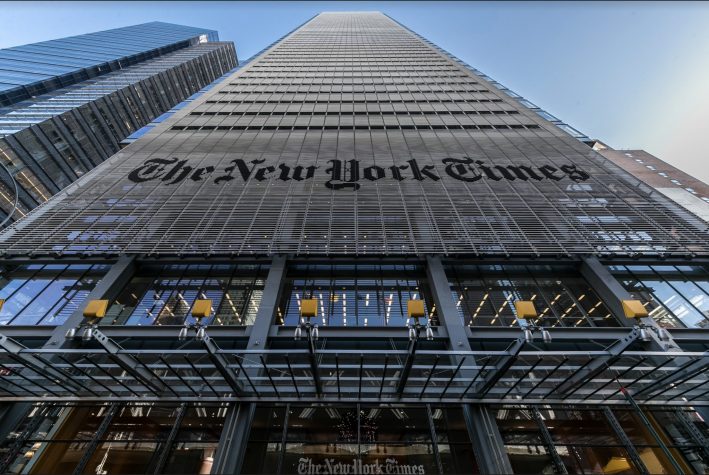Design Theory | Addy Smith-Reiman
Executive Director of the Portland Society for Architecture on how smart design can save our birds.
“It turns out one of the greatest threats to these migratory birds is glass— from small-scale residential to large-scale commercial.”
MH+D ASKS SMITH-REIMAN TO TELL US MORE.
Q. How did you initially get involved in bird-safe architecture?
A. In 2017 PSA (Portland Society for Architecture) began a signature program called the Complete City. Our first project, Mapping Your City, distributed blank maps of Portland to residents, employees, and tourists and asked them to draw, write, and list what they loved, what they didn’t, and what they wanted to see change and/or stay the same. This amounted to a collection of over 500 maps that are being archived in the Osher Map Library and Smith Center for Cartographic Education at USM.
From that initial data collection, we launched a design competition, “The Complete City: Imagined,” gleaning from the maps and data how best to visualize change and growth in the city.
One of the winning entries, Forest City Bird Song, was a bird-friendly corridor proposed along the heavily trafficked arterial Forest Avenue leading from the peninsula out to the Riverton neighborhood and beyond. The entry took a regional approach to a connective layer in our built environment that we often take for granted. To see it, literally, from a bird’s-eye view was truly compelling.
We were mounting an exhibition of the competition at the UNE Art Galleries and reached out to Maine Audubon to help develop complementary programming and learned of their early initiative to discuss bird-safe architecture. Interestingly enough, UNE has the first bird-safe building in Maine (shown above) at their Biddeford campus.
Q. What came next? Did you consult with others or partner exclusively with Maine Audubon?
A. Around the same time, Nick Liadis, an architect from Pittsburgh, Pennsylvania, was scheduled to give a talk at MECA as part of their DesignInquiry: Futurespective exhibition, and PSA was asked to help promote it. Nick had been working with an early leader in bird-safe building guidelines, Christine Shephard at the American Bird Conservancy, and he presented a cacophony of data.
He also introduced us to the NYC Audubon’s Bird-Safe Building Guidelines, the first document we had seen from the perspective of a designer, developed by Kate Orff, a MacArthur Fellow and principal with Scape in New York City and written by Marsha Fowle, then-president of NYC Audubon and the wife of architect Bruce Fowle of FX-Fowle Architects.
Q. What insight can help a landscape architect or designer to understand how to design bird-safe residential and commercial properties?
A. Designers problem solve. In Maine, where the environment is the dominant feature of an exquisite project, the successful choreography between topography, views, and wildlife will be award-winning. Add in new technologies for high performance that dimmish carbon footprints and respond to climate resiliency, and the practice becomes visionary.
But as design teams imagine their elegant response to the ecology of place, are all the problems being presented? I think there are still a lot of unknowns. What we’re beginning to recognize, as the winning entry pointed out, is that there is an additional layer of impact to any project, above ground.
Maine is located under the Atlantic Flyway, a migratory route of about 3 billion birds of 200 species (warblers, sparrows, vireos, tanagers, hummingbirds, swallows and swifts, and more) in the spring, and increased numbers due to their hatched offspring in the fall, on their return flight to the south.
It turns out one of the greatest threats to these migratory birds is glass, from small-scale residential to large-scale commercial. Birds see differently than humans, and their attempted navigation through the reflection of glass creates fatal collisions. Just knowing this can alter any design problem and, hopefully, garner an exquisite solution.
Q. What is the most critical part of this puzzle—designing a safe built environment?
A. There are many hazy pieces to this puzzle: fear of cost, new technologies, accessibility, and impact on aesthetics. This is a new admission, and there will be some reluctance and even denial. But it’s critical to ask: are there unintended consequences to what is being proposed, and are there measures to mitigate?
Q. What can we do as a design community in Maine?
A. Some clients are already demanding bird-safe measures, and firms are responding. Suppliers have developed products with invisible UV filters, embedded ceramic discs (fritts), and acid-etched patterns, and window manufacturers are testing these new technologies. Some designers are embracing creative screening, pushing the constructs of brise-soleils (architectural features that reduce heat gain within the building by deflecting sunlight).
All we can do is ask more, and learn more. I think celebrating both successes and failure, the latter a frightening concept in this field, is crucial to gaining more interest and traction.
Q. What is currently being done to help? What can we do?
A. PSA, in partnership with Maine Audubon, is in the early stages of planning to create a demo site at Gilsland Farm Audubon Center in Falmouth. This will make it possible for homeowners and commercial developers to see a variety of applications in situ that could work for their specific projects. I think any support of this program, and further inquiry about individual projects, is key.




